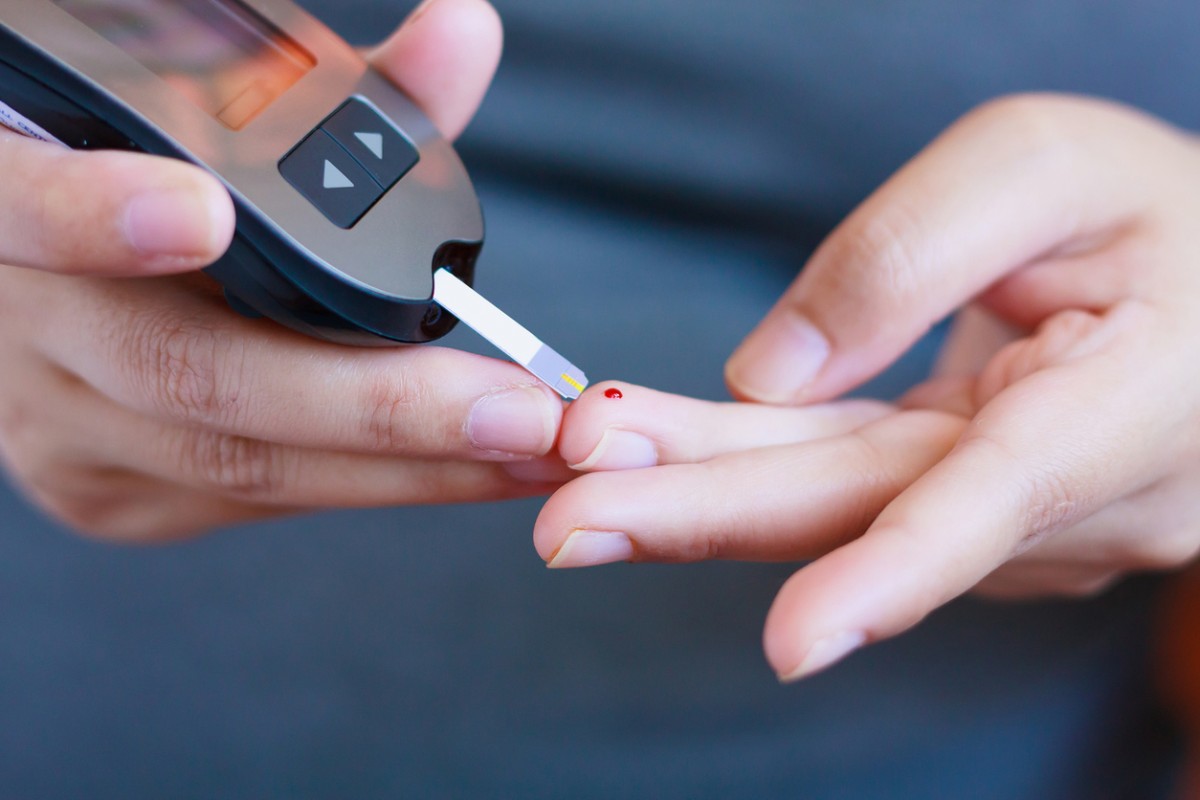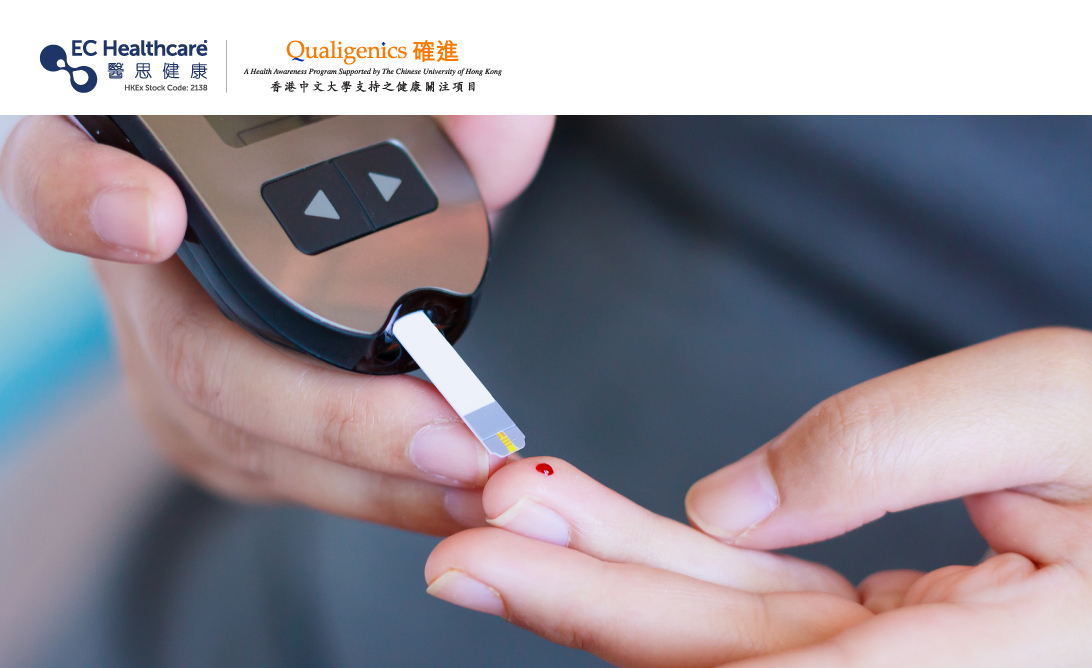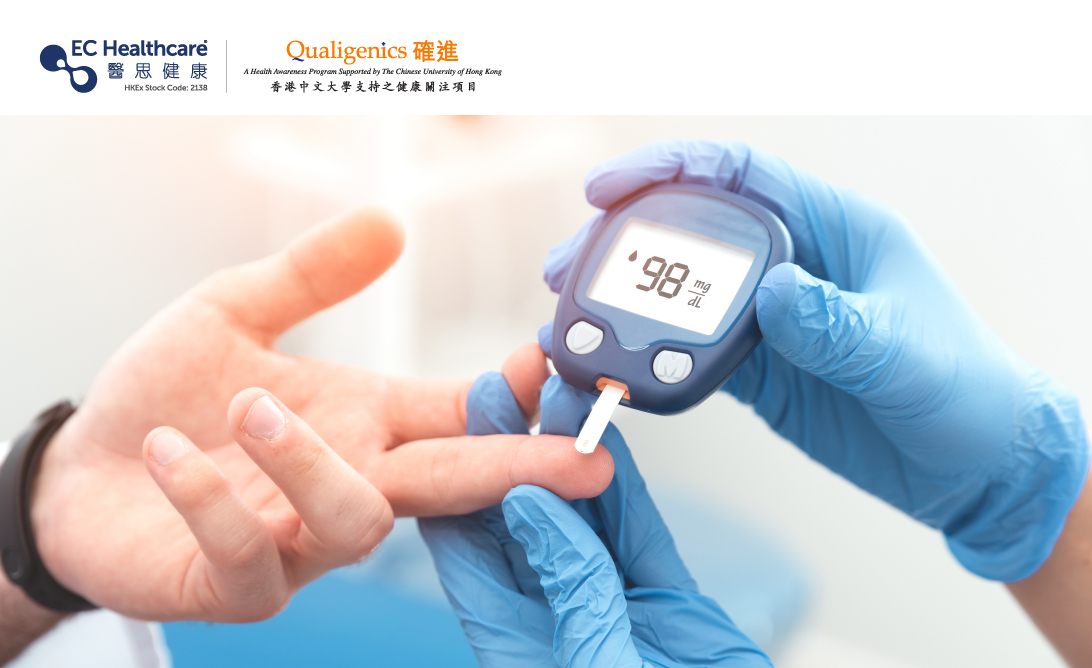Busy Life and Blood Sugar Monitoring: Do You Really Need to Test Multiple Times a Day? Key Insights on Glycemic Control


We're all familiar with the "finger prick" method, which is one way to measure blood sugar levels. However, there are alternative methods such as blood draws and continuous glucose monitoring devices. By assessing blood sugar levels, we gain valuable insights into our overall health.

Don't Rely on a Single Daily Blood Sugar Measurement
Many individuals are accustomed to measuring their fasting blood sugar levels in the morning or testing only once a day. However, this approach renders blood sugar monitoring ineffective and fails to provide valuable data for reference. Factors such as diet, exercise, medication, stress, and insulin usage significantly impact blood sugar levels. Therefore, measuring blood sugar levels at different time intervals holds significance. Doctors rely on comprehensive data to provide effective glycemic control recommendations tailored to individual patients' conditions. Typically, blood sugar testing is recommended upon waking, before each meal, two hours after each meal, and before bedtime. However, considering the busy lifestyle of individuals in Hong Kong, is it truly necessary to test blood sugar multiple times a day? In situations where time is limited, how can one gather essential blood sugar data effectively?
Paired Blood Sugar Monitoring: Pre-Meal and Post-Meal Measurements
Pre-meal blood sugar levels are associated with the effectiveness of insulin in lowering glucose, while post-meal blood sugar levels are linked to the pancreas' ability to secrete insulin. By measuring blood sugar levels before a meal (after a 4-hour interval since the previous meal) and 2 hours after starting the meal, subtracting the pre-meal value from the post-meal value results in a recommended range of 30 to 60 mg/dL. If there is a significant difference between pre-meal and post-meal blood sugar levels, it indicates that the food consumed during that meal has led to excessive blood sugar elevation. It is advisable to modify the content and portion sizes of meals accordingly. Healthcare professionals may also consider adjusting medication dosages based on these readings.
Rotational Blood Sugar Monitoring: Testing Twice Daily
With the hectic lifestyles of Hong Kong residents, it can be challenging to test blood sugar levels with every meal. To gather essential blood sugar data amidst a busy schedule, consider adopting rotational blood sugar monitoring. This approach builds upon paired blood sugar monitoring, where blood sugar levels are measured before and after meals. However, instead of testing for all 3 meals, rotational monitoring involves testing for only one meal per day. The concept is simple: on Monday, measure pre-meal and post-meal blood sugar levels for breakfast; on Tuesday, focus on lunch; on Wednesday, target dinner; and on Thursday, return to breakfast measurements. By consistently accumulating blood sugar data throughout the day, you can obtain a rough overview of your blood sugar levels. This information can assist in making necessary dietary adjustments. If blood sugar levels consistently exceed normal ranges, it is advisable to seek professional assistance promptly to initiate glycemic control and reduce the risk of diabetes-related complications.
Related Brands



